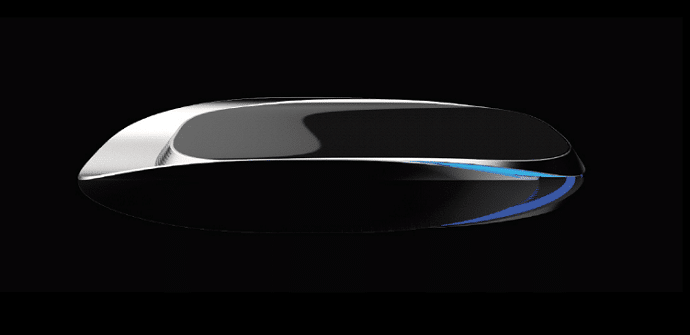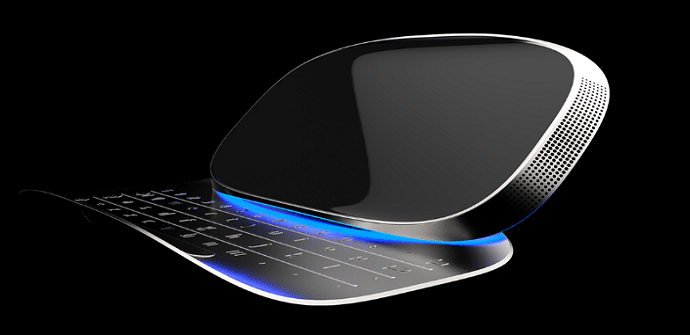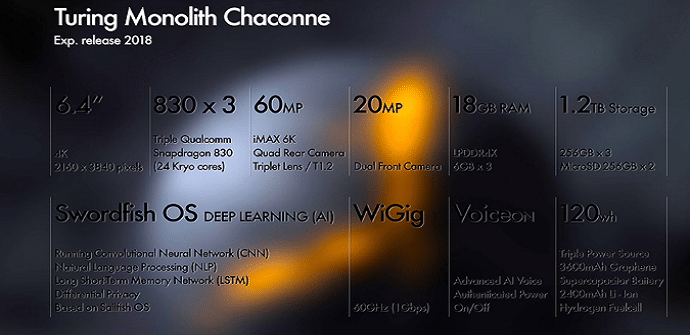
The consumer electronics sector is sometimes linked to other areas such as science. In this case, the union comes from the use of new materials when making the devices that millions of people will use in the future and that leave behind the terminals created during the first years of the existence of supports such as tablets and smartphones. On the other hand, the consolidation of other elements such as the Internet of Things in the short term, will contribute to interconnect more fields having technology as a common point. All these implications go to show, once again, that currently, none of the day-to-day areas of many are isolated elements, but are related and in which the circumstances of one influence the rest.
When it comes to talking about the characteristics that we are finding in the devices projected for the next few years, we can not only talk about virtual reality or the possibility of handling other supports through a single screen, but also about an improvement in the features and materials used to create new terminals such as Monolith, of which below we will tell you what has already been known about him and that he intends to mark a before and after in the sector thanks to elements such as that it would be a phablet whose casing would consist of graphene.

Integrated
As we mentioned before, in this device we will find a material of recent creation that could mark a before and after in the field of consumer electronics: The graphene. Its most outstanding characteristics are the fact that it is very resistant and at the same time, more flexible and with a greater capacity for modification than steel. On Monolith, This component, added to metal frames, would contribute to not only providing greater lightness, but also greater strength against impacts and falls. The first photographs published on this model would show a black and oval terminal to which a keyboard could be incorporated.
Image
Imaging features have undergone major changes in a matter of just a few years. In the case of this phablet we would find features that may seem difficult to believe at first glance. As portals such as PhoneArena have revealed, Monolith would have a panel of 6,4 inches accompanied by a 4K resolution of 3840 × 2160 pixels. But this would not end here, since the portal itself echoes a 60MP rear camera capable of capturing content in IMAX and 6K formats and a dual 20 front lens system. Will we really get to see these features?

Performance
In this field we would also find important advances that, at first glance, could make things difficult for other manufacturers if it were not for the fact that the designer of this terminal, an American firm specializing in robotics called Turing, has, for the moment, a scope more limited. We start by talking about the processors. This phablet would have 3 Snapdragon 830 chips. This component would see the light at the end of this year or at the beginning of 2017 and among its strengths, it could reach peaks of 3 GHz. In the memory section, we would find 3 modules of 6 GB of RAM each one that would offer a total of 18. In terms of storage capacity, the 1,2 TB that could be expanded by incorporating two MicroSDs of 256 GB each.
Operating System
The protection of users would have a prominent role in Monolith through its software: Swordfish OS. Inspired in turn by Sailfish, which we have talked about on other occasionsSome of the attractions of this platform would be the existence of advanced artificial intelligence similar to Siri or Cortana, and also the encryption of all content and a series of Internet browsing modes based on the elimination of history. In terms of connectivity, according to its manufacturers, it would be prepared to support networks whose maximum download speed would reach 1gbps.

Autonomy
Finally, we ended up talking about his battery. Bill graphene would once again acquire prominence in this component, which would have a capacity of 3.600 mAh to which should be added a fast charging technology and a hydrogen cell whose functions should eventually be revealed.
Availability and price
In these two sections, there are more unknowns than confirmed data. From Turing they assume that this device would go on sale in 2018. As a curiosity, we add that the manufacture of this phablet would come from the hand of a Finnish factory closely linked to Nokia. As for its price, no further details have been released.
At first glance, it seems that we could find ourselves at the forefront of a new generation of terminals that would make the flagships available today obsolete. However, do you think this phablet will ever materialize? If it were to hit the market, how do you think it might be received? You have available more related information about other similar models such as Purism Librem so that you can learn more options from very discreet firms that seek to obtain their place in the market.